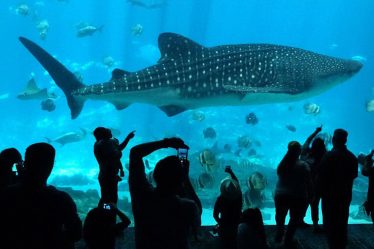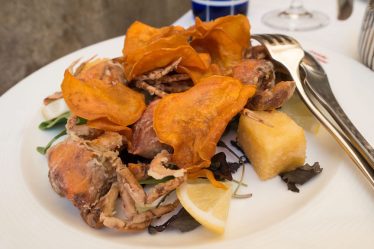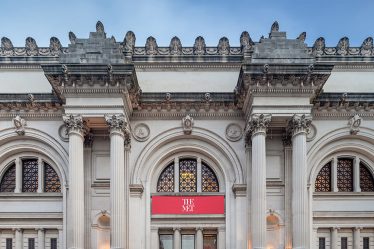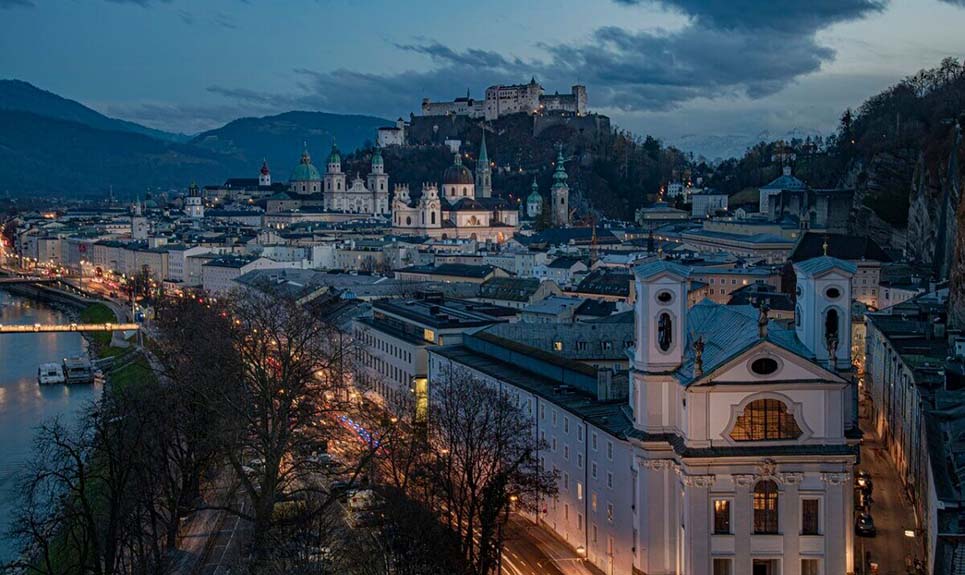
I invite you on a captivating journey through Austria’s heart, from the imperial splendor of Vienna to the musical heritage of Salzburg. These two iconic cities are brimming with cultural treasures and rich histories that have left an indelible mark on the world. Join me as we explore the iconic landmarks that define the essence of Austria’s cultural heritage, showcasing its imperial grandeur and musical prowess.
Vienna: A Symphony of Imperial Splendor
Our adventure begins in the regal capital city of Vienna, where the echoes of the Austro-Hungarian Empire still resonate through its majestic landmarks and stately avenues.
Schönbrunn Palace
Our first stop is the magnificent Schönbrunn Palace, a testament to Vienna’s imperial grandeur. This UNESCO World Heritage site was the summer residence of the Habsburg monarchs and boasts stunning Baroque architecture set amidst meticulously landscaped gardens. Wander through the opulent rooms and imagine the lives of emperors and empresses who once graced these halls.
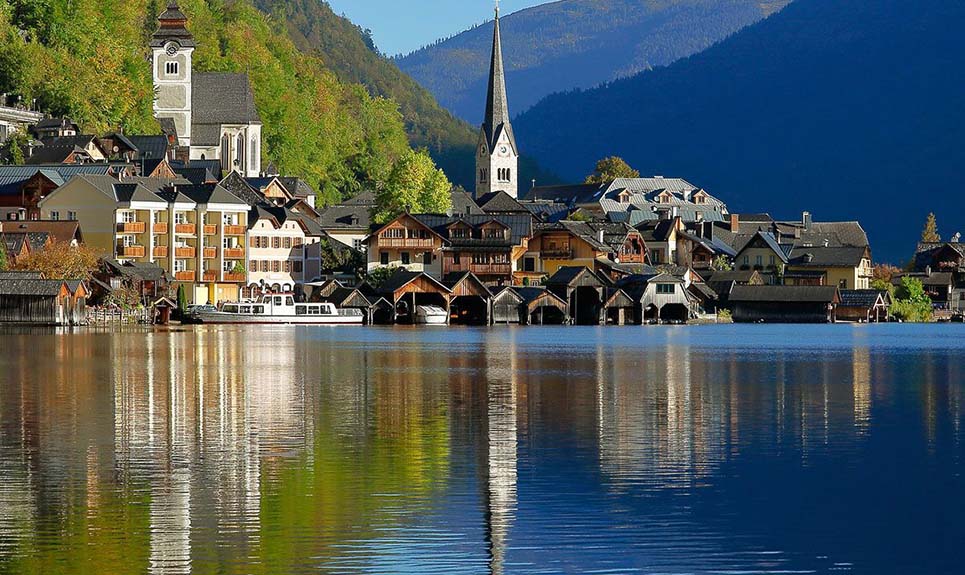
Vienna State Opera
Next, we immerse ourselves in Vienna’s vibrant cultural scene at the Vienna State Opera. This architectural marvel hosts world-class performances, representing the city’s deep-rooted passion for music and the arts. Step inside the opulent auditorium and let the breathtaking acoustics transport you to another world of enchanting melodies.
St. Stephen’s Cathedral
No visit to Vienna is complete without exploring the heart of the city, St. Stephen’s Cathedral. This Gothic masterpiece, with its intricate roof pattern and towering spire, stands as a symbol of Vienna’s rich religious heritage. Climb the cathedral’s tower for panoramic views of the city’s historic center.
Hofburg Palace
Our journey through Vienna concludes at the Hofburg Palace, a sprawling complex that once served as the imperial residence of the Habsburg dynasty. Today, it houses several museums, including the Sisi Museum and the Imperial Apartments, offering a glimpse into the lives of the beloved Empress Elisabeth and Emperor Franz Joseph.
Salzburg: A Melodic Journey through History
Leaving Vienna behind, we make our way to Salzburg, a city steeped in musical legacy and surrounded by the majestic Alps.

Hohensalzburg Fortress
Our first destination in Salzburg is the Hohensalzburg Fortress, an imposing medieval castle that perches atop Festungsberg hill. Ascend via funicular to explore the fortress’s rich history, museums, and terraces, all while enjoying breathtaking views of the city below.
Mirabell Palace and Gardens
Next, we find ourselves at the enchanting Mirabell Palace and Gardens, a UNESCO World Heritage site renowned for its immaculate flowerbeds, exquisite sculptures, and charming pathways. This picturesque location has been the setting of many cinematic masterpieces.
Mozart’s Birthplace and Residence
In Salzburg, we pay homage to the city’s most celebrated musical prodigy, Wolfgang Amadeus Mozart, at his birthplace and residence. The Mozart Geburtshaus (Mozart’s Birthplace) and the Mozart Wohnhaus (Mozart’s Residence) showcase personal memorabilia and musical instruments, providing a glimpse into the life of this genius composer.
Salzburg Cathedral
Our journey through Salzburg concludes at the majestic Salzburg Cathedral, a stunning Baroque masterpiece that dominates the city’s skyline. Step inside this sacred place, adorned with a splendid dome and an awe-inspiring organ, and marvel at the timeless beauty of its interior.
From Vienna’s imperial splendor to Salzburg’s musical heritage, our exploration of Austria’s heart has revealed the country’s profound cultural legacy. The regal charm of Vienna’s landmarks and the melodic ambiance of Salzburg’s sites have left us enchanted. As we conclude this unforgettable journey, let us carry with us the symphony of history, art, and music that defines the essence of Austria’s cultural heart. Whether drawn to Vienna’s grand palaces or Salzburg’s melodious legacy, Austria offers a captivating destination that promises to leave a lasting impression on every traveler’s heart.
